Throwing Stones XVII: You Gotta’ Move
(This is Part XVII. Click here to read Throwing Stones Part XVI: Highway ’69 Revisited)
In Part XVI, The Rolling Stones returned to America for the first time in three years, mounting a triumphant tour on a shoestring budget.
The Rolling Stones arrived at Muscle Shoals Sound Studios in Sheffield, Alabama, on December 2, 1969. Over the course of three days, they cut “Brown Sugar,” “Wild Horses” and a cover of “You Gotta’ Move,” a spiritual recorded by numerous American blues and gospel artists. The Stones didn’t have work permits to record in the states and didn’t want their estranged manager, Allen Klein, to know what they were up to, so their session in the sticks had been scheduled on the sly. It quickly became the worst kept secret in rock ’n’ roll.
 The band’s contracts with Klein and Decca Records would be expiring soon. Ahmet Ertegun, famed head of Atlantic Records, flew in to discuss the formation of Rolling Stones Records, a label that would be owned by the band and distributed by Atlantic. Meanwhile, on the other side of the country, the Stones’ employees were scrambling to pull off their promised free concert.
The band’s contracts with Klein and Decca Records would be expiring soon. Ahmet Ertegun, famed head of Atlantic Records, flew in to discuss the formation of Rolling Stones Records, a label that would be owned by the band and distributed by Atlantic. Meanwhile, on the other side of the country, the Stones’ employees were scrambling to pull off their promised free concert.
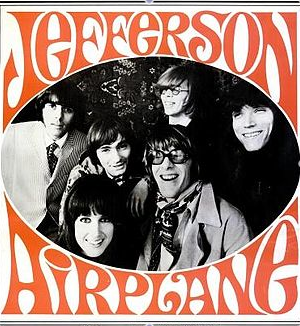 Various San Francisco bands had staged successful free shows in Golden Gate Park. Word quickly spread that, with the help of The Grateful Dead and Jefferson Airplane, the Stones would soon play the park’s biggest bash yet—San Francisco’s own “Woodstock West.” But the free show seemed snake-bit from the start.
Various San Francisco bands had staged successful free shows in Golden Gate Park. Word quickly spread that, with the help of The Grateful Dead and Jefferson Airplane, the Stones would soon play the park’s biggest bash yet—San Francisco’s own “Woodstock West.” But the free show seemed snake-bit from the start.
Fans were baffled when formerly cooperative city officials refused to issue the necessary permits. While some said the change of heart was due to old tensions between hippies and the police, rumors spread that concert promoter Bill Graham had convinced authorities to scuttle the show.
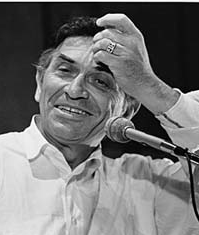 The Stones had infuriated Graham by rejecting his offer to handle their entire American tour. The pugnacious promoter had to settle for a single Bay Area gig instead. Bill Graham had an ego as big as any rockstar’s, and he never forgot a slight. When The Rolling Stones arrived at the Oakland Coliseum in November of 1969, they were greeted by a large photo of Graham giving them the finger, hung over the backstage buffet. Things went downhill from there.
The Stones had infuriated Graham by rejecting his offer to handle their entire American tour. The pugnacious promoter had to settle for a single Bay Area gig instead. Bill Graham had an ego as big as any rockstar’s, and he never forgot a slight. When The Rolling Stones arrived at the Oakland Coliseum in November of 1969, they were greeted by a large photo of Graham giving them the finger, hung over the backstage buffet. Things went downhill from there.
The Stones and their entourage pelted the photo with food. A shouting match with Graham ensued. The two sides came to blows after the promoter and his security goons began taking their frustrations out on the fans, and Charlie Watts saw Graham slap a teenage girl. The show did eventually go on, but the bad blood remained.
Bill Graham was making a fortune by monetizing the Bay Area music scene, ruthlessly eliminating the flower power competition that had nurtured it to life. Torpedoing a free Stones gig would have allowed him to protect his turf while taking revenge on the band, but evidence that he actually did remains anecdotal.
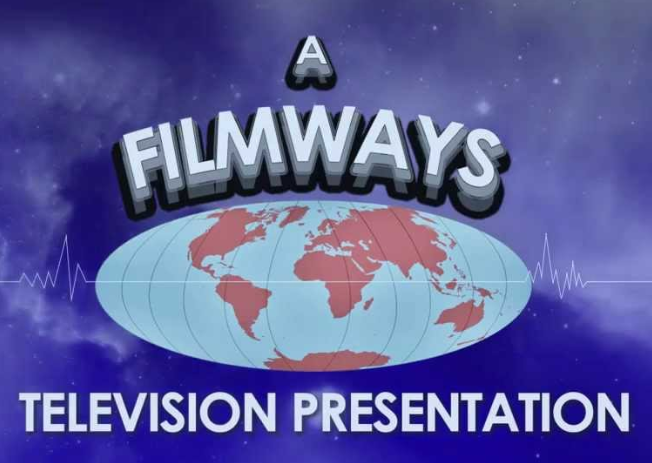
With the park off limits, Hollywood rode to the rescue. Filmways—the production company responsible for a string of hit TV shows, includingThe Beverly Hillbillies, Green Acres and Hollywood Squares—had recently purchased the Sears Point Raceway. The company generously offered the track as a venue for the free show, with the stipulation that the band would have to pay a few thousand dollars to cover the cost of an insurance rider. Close to San Francisco and less than a year old, the Sears Point facility was an ideal solution. All parties agreed to a December 6 date. Stage and Lighting Designer Chip Monck and his crew began setting up the stage, lighting and sound system.
Then the corporate execs pulled a fast one, demanding a huge pre-show payment (the reported number ranges from $100,000 to $450,000 to $6 million) to cover insurance, clean up and other costs. What’s more, they insisted the Stones sign over all film and video rights free of charge.
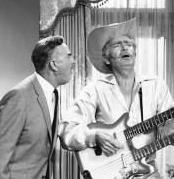 With staging under construction and thousands of fans from around the country en route, the Hollywood hotshots must have figured their squeeze play was a sure thing. They had no clue that the Rolling Stones were nearly broke, or that Allen Klein, who was sitting on the bulk of the Stones’ fortune, would never surrender such a potentially lucrative copyright. Abandoning Sears Point was the band’s only option.
With staging under construction and thousands of fans from around the country en route, the Hollywood hotshots must have figured their squeeze play was a sure thing. They had no clue that the Rolling Stones were nearly broke, or that Allen Klein, who was sitting on the bulk of the Stones’ fortune, would never surrender such a potentially lucrative copyright. Abandoning Sears Point was the band’s only option.
Still, neither Jagger nor Richards was willing to give up on the free show. Tour Manager Ronnie Schneider decided they needed legal help to pull it off, and enlisted legendary San Francisco attorney Melvin Belli in the cause. As is the case with many of the people the Stones encountered during their storied career, calling the lawyer a colorful character hardly does him justice.
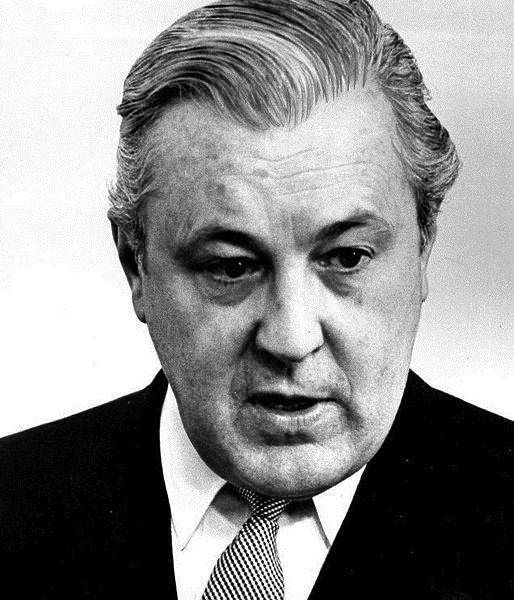 Belli’s effectiveness in personal injury cases had earned him the nickname “The King of Torts” His opponents preferred “Melvin Bellicose.” His long list of celebrity clients included Mae West, Muhammad Ali and Tony Curtis. Belli had even defended Jack Ruby when the Texan was tried for killing Lee Harvey Oswald—a murder broadcast live on national television.
Belli’s effectiveness in personal injury cases had earned him the nickname “The King of Torts” His opponents preferred “Melvin Bellicose.” His long list of celebrity clients included Mae West, Muhammad Ali and Tony Curtis. Belli had even defended Jack Ruby when the Texan was tried for killing Lee Harvey Oswald—a murder broadcast live on national television.
A pioneer of the class action lawsuit, Belli was well-known, well-connected and very well off. Long before the skull and crossbones flew over Apple headquarters, Belli famously ran the Jolly Roger up the flagpole atop his Barbary Coast office building every time he won a case. Adding a flourish that even Steve Jobs did not dare duplicate, Belli fired a celebratory cannon shot as well.
Though he was a preening, egomaniacal dandy, Belli was also an immensely charming raconteur with an impressive ability to sway opinions and get things done. And he was more than happy to pull strings for The Rolling Stones.
Sears Point wasn’t the only Northern California racetrack under new ownership. Dick Carter, a middle aged Bay Area businessman, had recently purchased the Altamont Speedway, located 90 miles northeast of San Francisco near the small town of Livermore. Drivers loved the track, but it had struggled financially since opening in the summer of ’66. Altamont seemed to be just a little too far from everywhere to be successful.
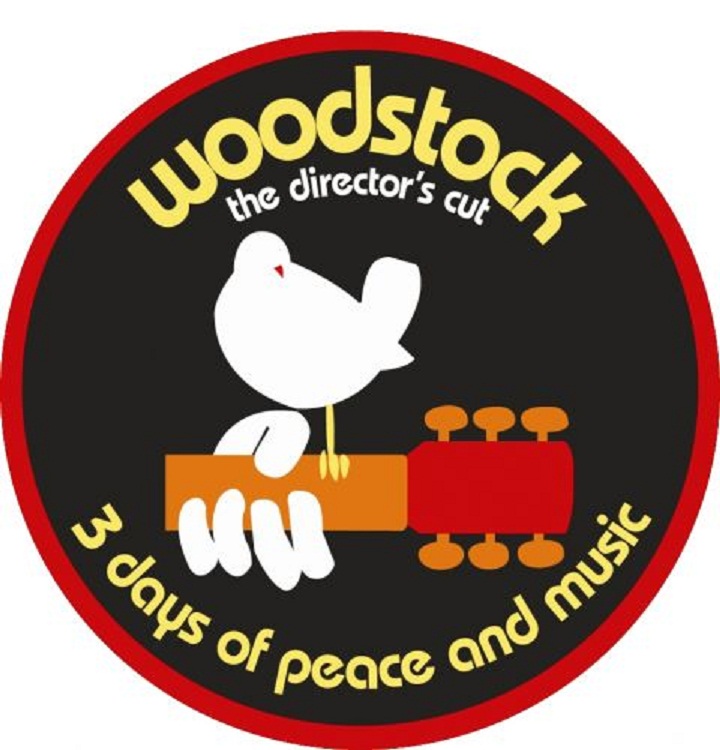
Dick Carter was hungry to publicize Altamont, and when he heard a free rock festival was looking for a venue, he jumped at the chance, offering the track at no charge. In a crowded meeting at Melvin Belli’s office with Carter and the press in attendance, Belli deftly brushed past concerns expressed by authorities in a conference call.
“Woodstock West” had found a home at last. Altamont was on.
(This concludes Part XVII. Click now to read Part XVIII: Merciless Angels!)
Dave
Jeez, I used to think I’d want Allen Klein on my side in a nasty fight. Maybe not. Still wish I had a copy of his classic “Playboy” interview.
Jr. Samples
Excellent work as always, Bill – really entertaining. Looking forward to the next one. Maybe this will inspire me to finally see the movie “Gimme Shelter”. Or not.
Larry McC.
Clearly, The Stones should have arranged their U.S. tour with the help of Billy Graham, not Bill Graham. He knew how to pack an arena, and the whole Altamont mess might have been avoided. (Not to mention the Oakland finger-photo food fight/fist fight.)
Robin
I love reading about the scenes that went on behind-the-scenes. Keep ‘em rolling…
Ro
Anytime an artist offers to do something “for free,” some greedy suit jumps in and tries to make a buck off of it. Welcome to the music business. Always a good read… keep em coming!